
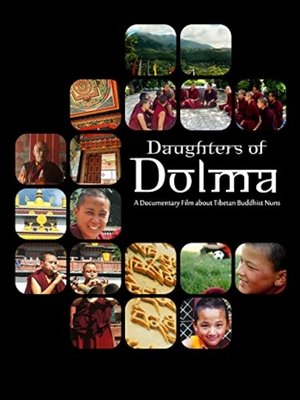
Daughters of Dolma(2013)
Dolma is the Tibetan name of Tara, a Buddhist female deity, and means 'she who saves'. Dolma is regarded as a Bodhisattva of compassion and action. She is known as the mother of all buddhas. Our team felt that Dolma relates to the message we would like to convey via our movie and used her name in the documentary title. One of the main legends about her origin as a bodhisattva tells a story of a young princess who lived in a different world millions of years ago. Her name is Jnanachandra.
Movie: Daughters of Dolma

Daughters of Dolma
HomePage
Overview
Dolma is the Tibetan name of Tara, a Buddhist female deity, and means 'she who saves'. Dolma is regarded as a Bodhisattva of compassion and action. She is known as the mother of all buddhas. Our team felt that Dolma relates to the message we would like to convey via our movie and used her name in the documentary title. One of the main legends about her origin as a bodhisattva tells a story of a young princess who lived in a different world millions of years ago. Her name is Jnanachandra.
Release Date
2013-11-21
Average
0
Rating:
0.0 startsTagline
Genres
Languages:
Keywords
Similar Movies
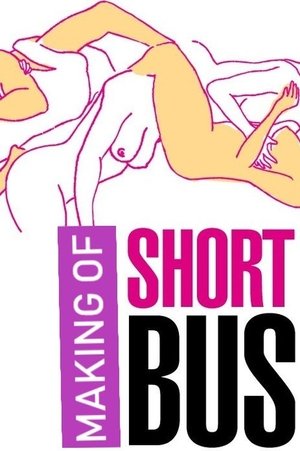 6.3
6.3Gifted and Challenged: The Making of 'Shortbus'(en)
A look at the unusual process used in the making of the film Shortbus (2006) featuring interviews, behind the scenes footage and clips from the feature film. Director John Cameron Mitchell starts with the concept of using real sex in a film with a positive message. The cast of unknowns is selected from homemade audition tapes and then a callback audition workshop. More acting workshops are used to develop the characters and script. The project overcomes a number of obstacles and the rest of the film's development is followed up until its premiere at the Cannes Film Festival.
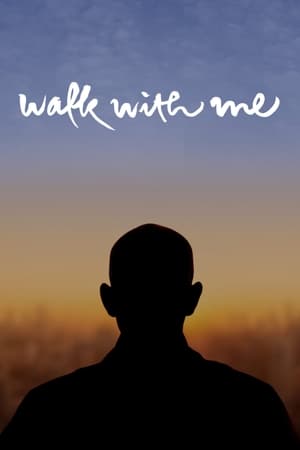 5.8
5.8Walk with Me(en)
Narrated by Benedict Cumberbatch, Walk With Me is a cinematic journey into the world of a monastic community who practice the art of mindfulness with Zen Buddhist master Thich Nhat Hanh.
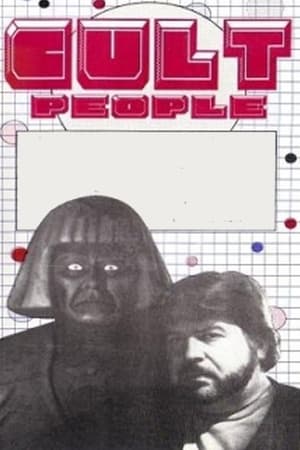 0.0
0.0Cult People(en)
In interviews, various actors and directors discuss their careers and their involvement in the making of what has come to be known as "cult" films. Included are such well-known genre figures as Russ Meyer, Curtis Harrington, Cameron Mitchell and James Karen.
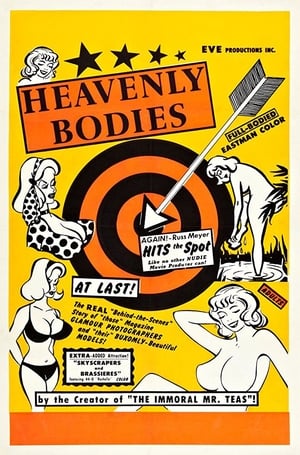 4.6
4.6Heavenly Bodies!(en)
A group of filmmakers shadow some glamour photographers in order to discover the skill involved in getting 'magic' to appear on the photos.
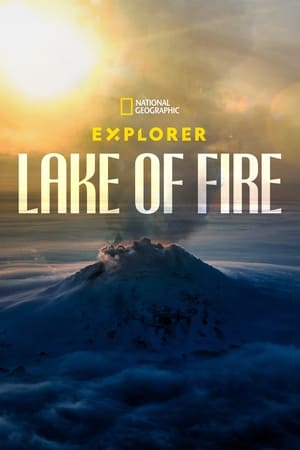 7.2
7.2Explorer: Lake of Fire(en)
In 2001, satellite imagery captured a mysterious “thermal anomaly” on an unexplored volcano at the ends of the Earth. What lies inside could provide new clues to help predict volcanic eruptions around the globe. But the island is so remote with conditions that are so extreme. No one has ever been able to reach the top to investigate what lies inside.. until now.
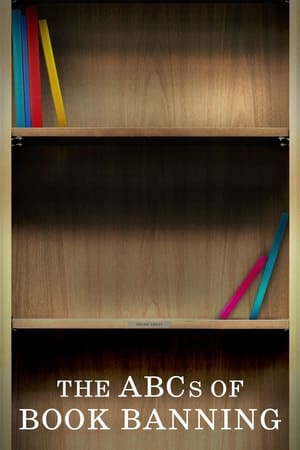 6.4
6.4The ABCs of Book Banning(en)
In recent years, more than 2,500 books have been removed from school districts around the US, labeled as banned, restricted, or challenged, and made unavailable to millions of students. By no accident, the themes targeted are the usual scapegoats of the American Right—LGBTQ+ issues, Black History, and women’s empowerment—impeding the power of future generations to develop their own thoughts and opinions on critical social issues. By weaving together a lyrical montage of young readers and authors, THE ABCs OF BOOK BANNING reveals the voices of the impacted parties, and inspires hope for the future through the profound insights of inquisitive youthful minds.
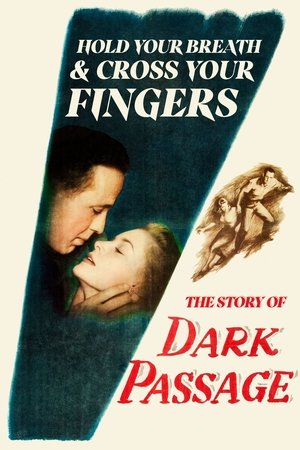 8.0
8.0Hold Your Breath and Cross Your Fingers: The Story of 'Dark Passage'(en)
Bogart was interested in this project because it offered a chance to work with his new bride. The studio wasn't convinced, but the result speaks for itself.
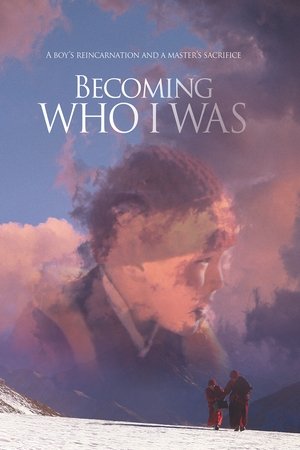 9.3
9.3Becoming Who I Was(ko)
Angdu is no ordinary boy. Indeed, in a past life he was a venerated Buddhist master. His village already treats him like a saint as a result. The village doctor, who has taken the boy under his wing, prepares him to be able to pass on his wisdom. Alas, Tibet, Angdu’s former homeland and the centre of his faith, lies far away from his current home in the highlands of Northern India. On top of that, the conflict between China and Tibet makes the prospect of a trip there even more daunting. Undeterred by these harsh facts, the duo set off for their destination on foot, accompanied by questions of friendship and the nature of life. With its narrative approach steeped in a serene sense of concentration, this documentary film, composed over a period of eight years, stands as a fundamental experience in its own right.
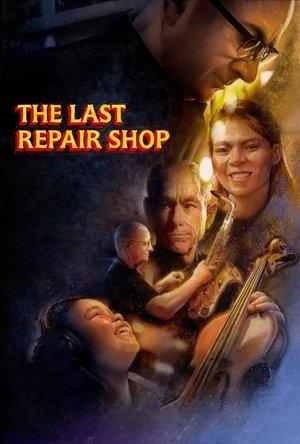 7.5
7.5The Last Repair Shop(en)
In a warehouse in the heart of Los Angeles, a dwindling handful of devoted craftspeople maintain more than 80,000 student musical instruments, the largest remaining workshop in America of its kind. Meet four unforgettable characters whose broken-and-repaired lives have been dedicated to bringing so much more than music to the schoolchildren of this city.
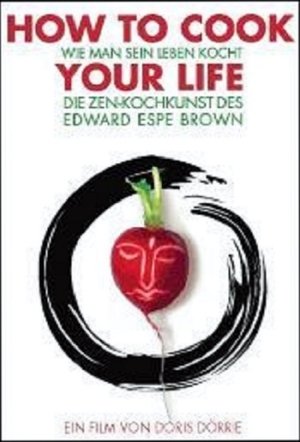 5.6
5.6How to Cook Your Life(en)
A Zen priest in San Francisco and cookbook author use Zen Buddhism and cooking to relate to everyday life.
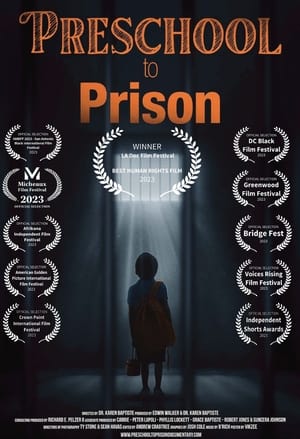 0.0
0.0Preschool to Prison(en)
Preschool to Prison is a compelling examination of how the United States public school system is built and operated like prisons. Zero-tolerance policies are used to justify suspension and arrests that set up a pathway to send children of color and children with special needs from school to prison. Children are being suspended, restrained, dragged, physically manhandled, and subsequently arrested for minor offenses such as throwing candy on a school bus. These personal accounts from people affected by the school-to-prison pipeline give riveting tales about the generational impact on society.
Fried Shoes Cooked Diamonds(en)
After World War II a group of young writers, outsiders and friends who were disillusioned by the pursuit of the American dream met in New York City. Associated through mutual friendships, these cultural dissidents looked for new ways and means to express themselves. Soon their writings found an audience and the American media took notice, dubbing them the Beat Generation. Members of this group included writers Jack Kerouac, William Burroughs, Allen Ginsberg. a trinity that would ultimately influence the works of others during that era, including the "hippie" movement of the '60s. In this 55-minute video narrated by Allen Ginsberg, members of the Beat Generation (including the aforementioned Burroughs, Anne Waldman, Peter Orlovsky, Amiri Baraka, Diane Di Prima, and Timothy Leary) are reunited at Naropa University in Boulder, CO during the late 1970's to share their works and influence a new generation of young American bohemians.
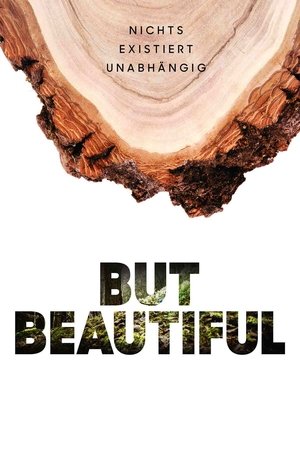 7.7
7.7But Beautiful(de)
In his new film, Erwin Wagenhofer is looking for the good and beautiful in this world.
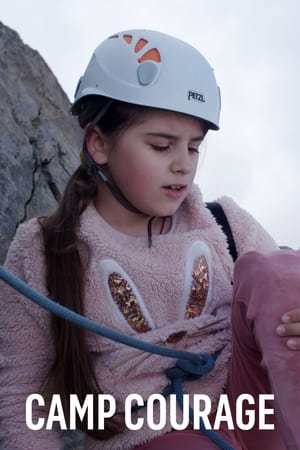 7.1
7.1Camp Courage(en)
Made refugees by the war in Ukraine, Olga and her granddaughter Milana travel to a summer camp in the Austrian Alps to test the limits of their own bravery, and to strengthen their growing bond.
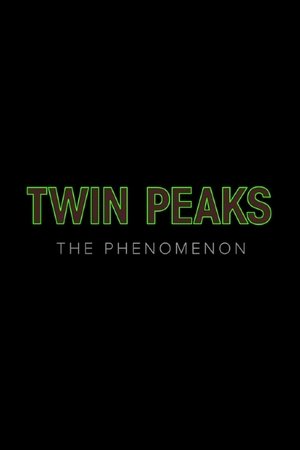 0.0
0.0Twin Peaks: The Phenomenon(en)
"Twin Peaks: The Phenomenon" is a three-part short documentary briefly chronicling the history of Twin Peaks. Produced and released on YouTube as part of the build-up to the premiere of the 2017 series, it was released on home video as part of Twin Peaks: A Limited Event Series and Twin Peaks: From Z to A.
 10.0
10.0The Roots of Wolverine: A Conversation with Stan Lee and Len Wein(en)
Stan Lee and Len Wein talk about X-Men & Wolverine.
 10.0
10.0Godzilla: King of The Monsters- The Antarctic Base(en)
In Monarch's Antarctic Base, a frozen fortress buffeted by screaming winds and surrounded by impenetrable ice, King Ghidorah shakes off his icy slumber and escapes in one of the film's most thrilling sequences. Join the filmmakers as they reveal how King Ghidorah was brought to terrifying life inside Monarch's underground biolab with its towering ice wall.
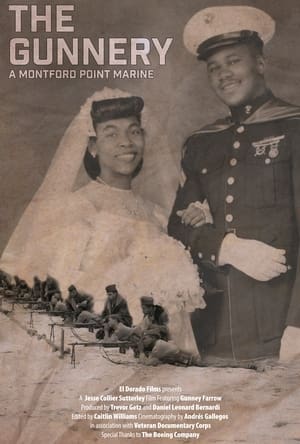 0.0
0.0The Gunnery: A Montford Point Marine(en)
In this heartfelt short film by Jesse Collier Sutterley, Roosevelt Farrow, born in 1929 at the start of the Great Depression, shares his lifelong dream of becoming a U.S. Marine, despite the racial barriers of his time. Raised by his grandmother in humble conditions, he was inspired by the sight of Marines visiting his community. Farrow’s determination led him to join the Marine Corps, where he faced the challenges of Montford Point boot camp, eventually becoming an expert marksman and retiring as a Gunnery Sergeant. Although he never saw combat, a fact he attributed to his wife’s prayers, he realized the significance of his journey when he witnessed black officers rising in the ranks. Farrow's story is a testament to perseverance and the pursuit of one's dreams, encouraging others not to give up on their aspirations despite austere beginnings and social injustice.
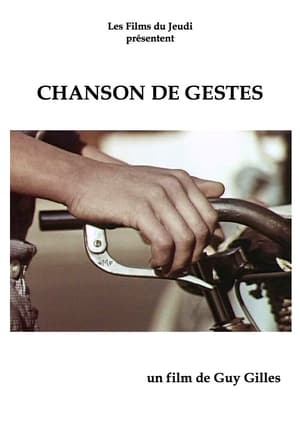 6.5
6.5Chanson de gestes(fr)
Choreography of familiar gestures that the author was able to spice up with a peculiar and original perspective.
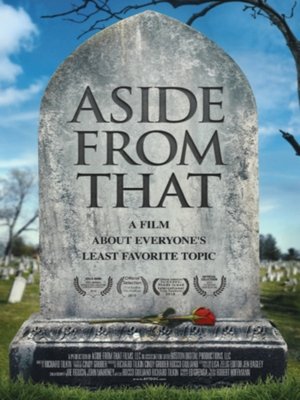 8.0
8.0Aside From That(en)
How do we live, knowing we are going to die? In search of answers, we probed the minds of atheists, Buddhists, Jews, Christians, physicians, philosophers, authors, academics, a legendary stand-up comic, and scores of random pedestrians.